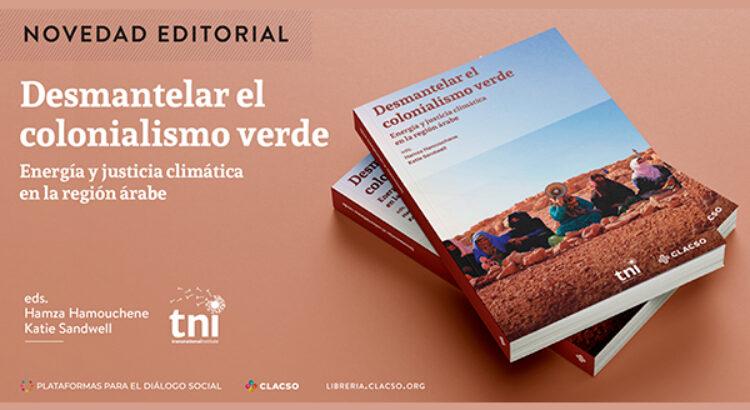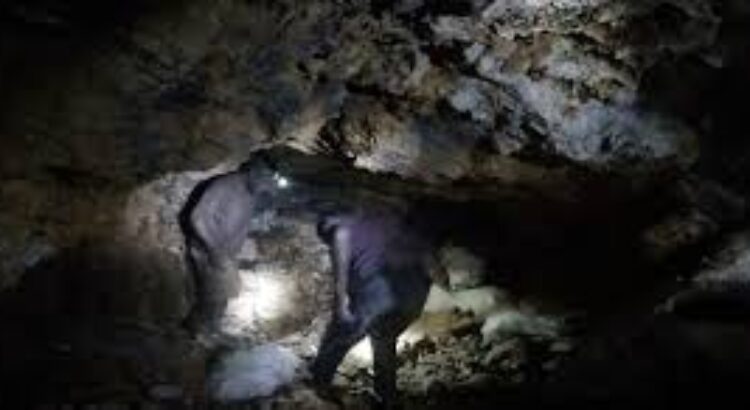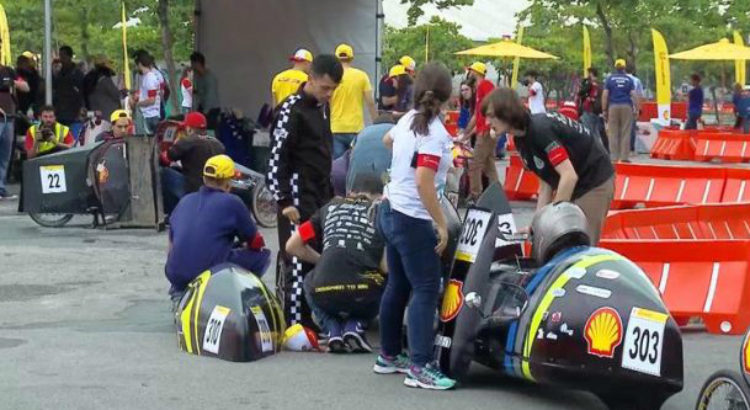Redacción: El Universal
Los equipos desarrollaron sus autos para competir en tres categorías y contribuir al futuro
Más de 400 estudiantes de ingeniería de América Latina, divididos en 45 equipos, se reunieron en Río de Janeiro en una especial competición que buscaba el diseño y construcción de vehículos capaces de recorrer la mayor distancia con el menor gasto energético.
«Es una competición de eficiencia energética en la que jóvenes de Brasil y América Latina son estimulados a pensar, desarrollar construir y dirigir un auto eficiente. No gana la velocidad, sino la solución energética del futuro», afirmó a Efe la gerente de actuaciones sociales de Shell Brasil, compañía promotora del evento, Pamella De-Cnap.
El evento, que celebraba su tercera edición, tenía el objetivo de que los estudiantes, llegados de todo Brasil, Argentina, Ecuador y México, diseñaran, construyeran y pilotaran un coche capaz de recorrer la máxima distancia en el menor tiempo posible, dentro de los 28 minutos y 14 vueltas al circuito que el reglamento permitía.
«Diseñan el auto, los transportan hasta aquí y lo montan, después tiene que pasar la inspección, ahí el equipo técnico evalúa si responde a los patrones técnicos y seguridad exigidos, si el freno funciona, si el tamaño del coche es correcto… Una vez es aprobado está liberado para ir a la pista», explicó De-Cnap.
Los equipos participantes pueden desarrollar sus vehículos para competir en las tres categorías que se promueven, gasolina, etanol y motor eléctrico. «Pensar en el futuro es importante y especialmente pensar en la solución a los desafíos globales como la transición energética, a la cual hacemos frente a través de los jóvenes que ya piensan en estas soluciones y comienzan a ponerlas en práctica», manifestó la gerente de Shell.
La eficiencia y transición energética es un proceso de largo plazo y por ello De-Cnop expresó que «buscan que los jóvenes que llegan a este evento cada año salgan más conscientes».
Uno de los competidores, el estudiante de ingeniería mecánica de la Universidad Tecnológica Nacional, Facultad Regional General Pacheco (Argentina), Mauro Mazzara, contó a Efe que es una idea que les propuso el decano, a partir de la cual se pusieron a diseñar el prototipo y a buscar dinero para construirlo.
El dinero «lo conseguimos a través de patrocinadores, íbamos a las fábricas y pedíamos dinero a cambio de poner sus pegatinas, fue difícil porque la situación en Argentina es complicada y no dan dinero», confesó Mazzara.
Por ello agregó que su auto, el cual llevan desarrollando hace un año, «es bastante barato» y cuesta unos 3.000 dólares, mientras que los más caros de la competición estimó que costarían unos 40.000 dólares.
Para Mazzara «promover el compañerismo y el desarrollo de nuevas tecnologías enfocadas a bajar el consumo de motores eléctricos y de los vehículos en general» es la principal aportación de esta competición.
Los equipos ganadores de esta prueba en Brasil consiguen un billete para la competición de toda la región de América que se celebra en California (EEUU). Por su parte uno de los componentes del equipo ganador en la categoría de Etanol, Wellington Bazarim, integrante del equipo Pato A Jato de la Universidad Tecnológica Federal de Paraná (sur de Brasil), afirmó que «esta competición es importante para el alumno porque enseña trabajar en equipo y a pensar de forma eficiente pensando en generaciones futuras»
Fuente: http://www.eluniversal.com/estilo-de-vida/23018/estudiantes-de-america-latina-compiten-en-brasil-por-el-auto-mas-eficiente











 Users Today : 26
Users Today : 26 Total Users : 35460289
Total Users : 35460289 Views Today : 33
Views Today : 33 Total views : 3419001
Total views : 3419001